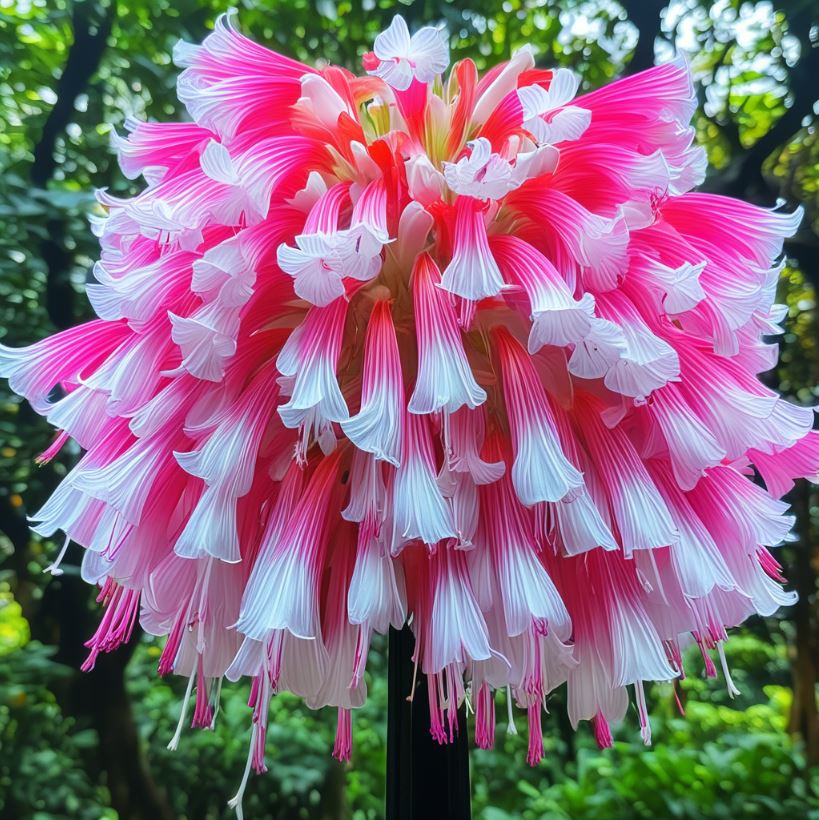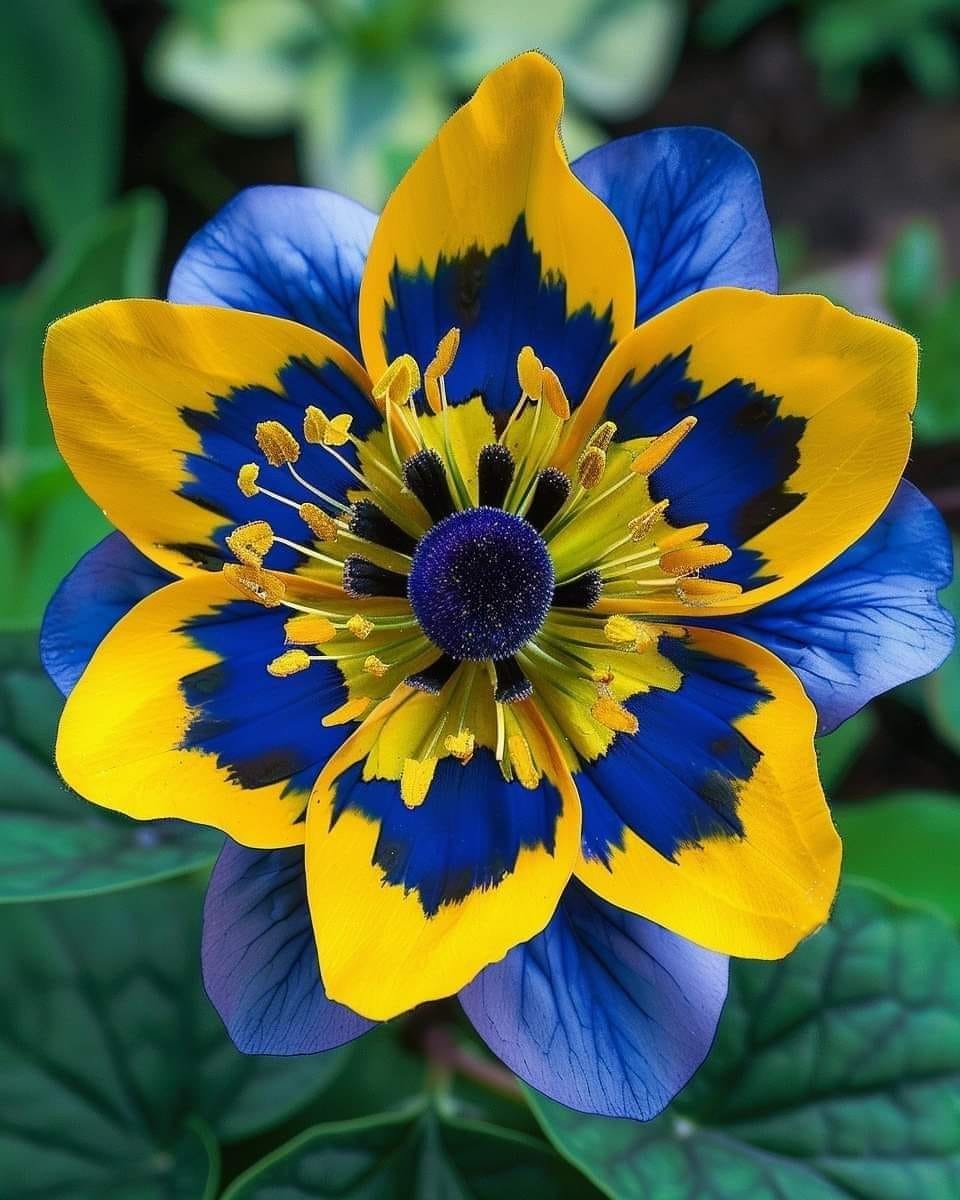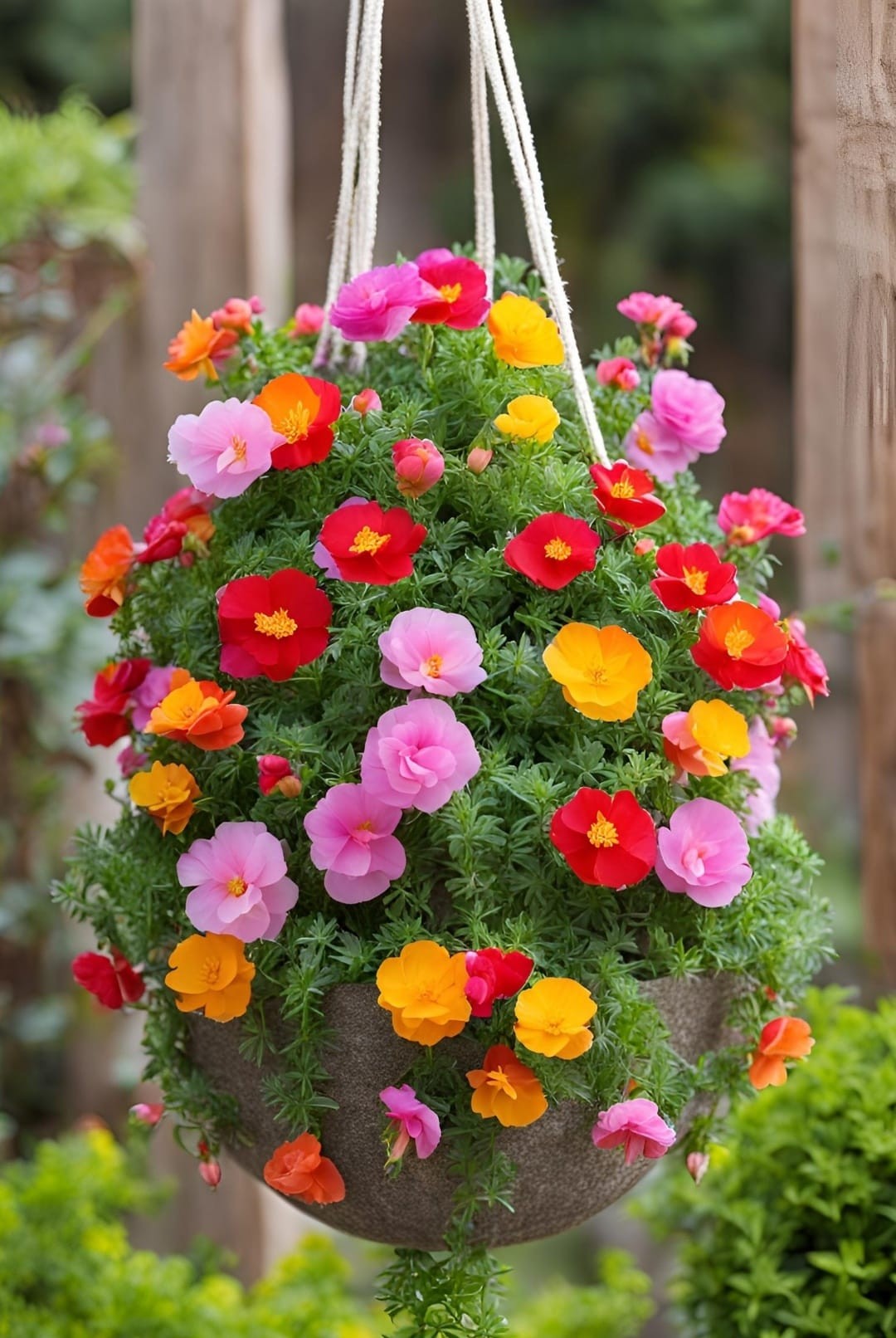Hanging lobelia, particularly the species Lobelia erinus, is a floral gem that beautifully graces gardens and outdoor spaces with its lush, trailing nature. Known for its vibrant colors and delicate blooms, this plant not only attracts the eye but also has a rich history of use in ornamental gardening. As we delve into the world of hanging lobelia, we will explore its care, aesthetics, and potential applications, while uncovering intriguing insights about this stunning flowering plant.

Creating an Ethereal Hanging Garden
Imagine creating an ethereal hanging garden where these plants cascade over the edges, their vibrant blue, purple, or even white flowers spilling out like a painter’s brush stroke across a canvas. Moreover, trailing lobelia enjoys the sun but can also adapt to partial shade, making it versatile for different garden designs.

Maintaining Vibrant Blooms
To maintain the vibrant blooms of hanging lobelia, regular deadheading and fertilization are crucial. Deadheading, or the removal of spent flowers, encourages the plant to redirect its energy into producing new blooms, ensuring a continuous display of color throughout the growing season. Additionally, a balanced, water-soluble fertilizer applied every two to three weeks can provide the necessary nutrients to sustain the plant’s lush, trailing growth.

Innovative Arrangements and Contrasts

From a design perspective, the contrasting colors and textures available in lobelia varieties allow for innovative arrangements. One could juxtapose trailing lobelia against the ruggedness of stone planters or combine them with the airy foliage of other filler plants, creating dynamic visual interest. A well-planned display could evoke feelings of serenity and joy, reminiscent of a tranquil garden in full bloom, thus enhancing the emotional experience of space
Enhancing Outdoor Spaces
Hanging lobelia can also be utilized to enhance larger outdoor spaces, such as public gardens or community parks. By incorporating these cascading beauties into landscaping designs, designers and urban planners can create visually captivating focal points that draw the eye and invite exploration. Imagine a lush, hanging garden adorning the entrance to a botanical garden or a serene rock wall installation accented by the delicate blooms of lobelia.

Symbolism and Connection to Nature
Beyond aesthetics, hanging lobelia holds symbolic significance. Flowers have long been tied to human emotion and expression, and lobelia’s cascading blooms can represent unity and harmony within nature.

Community Engagement and Beautification
Imagine a community project where residents collaborate to beautify public spaces with hanging lobelia. Not only would this enhance the local environment, but it could also strengthen community ties, as neighbors come together to nurture and maintain their green spaces. Such initiatives echo the notion that through caring for nature, we cultivate a deeper relationship with our surroundings and each other.

Appreciating the Beauty of Nature
By incorporating hanging lobelia into our gardens and outdoor spaces, we not only enjoy the plant’s stunning visual appeal but also cultivate a deeper appreciation for the beauty and complexity of the natural world. This connection can inspire a sense of wonder, foster environmental stewardship, and encourage a more mindful approach to our relationship with the natural landscape.






